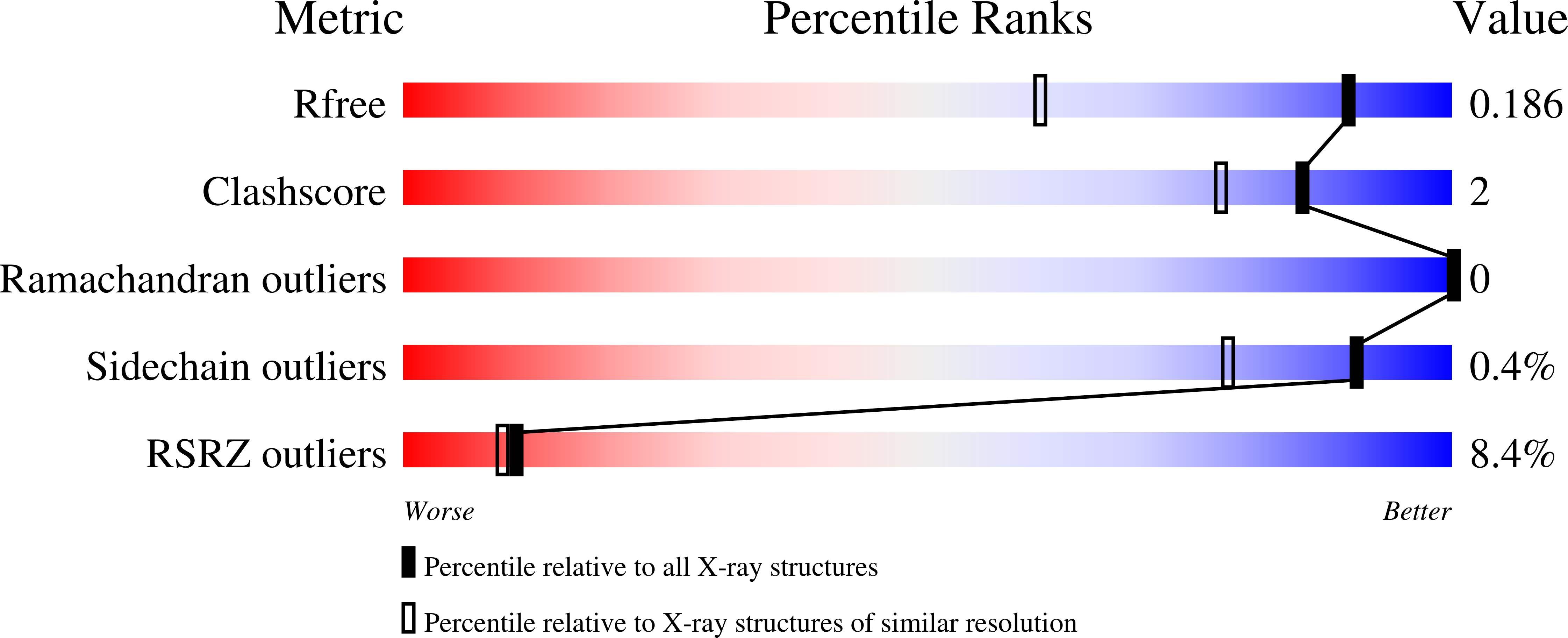
Deposition Date
2020-09-04
Release Date
2021-01-27
Last Version Date
2024-10-16
Method Details:
Experimental Method:
Resolution:
1.40 Å
R-Value Free:
0.18
R-Value Work:
0.14
R-Value Observed:
0.14
Space Group:
P 21 21 21


